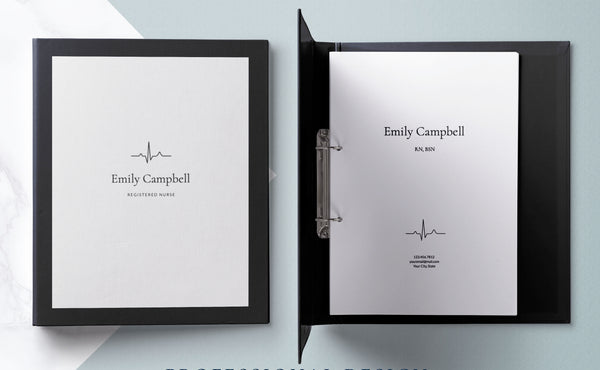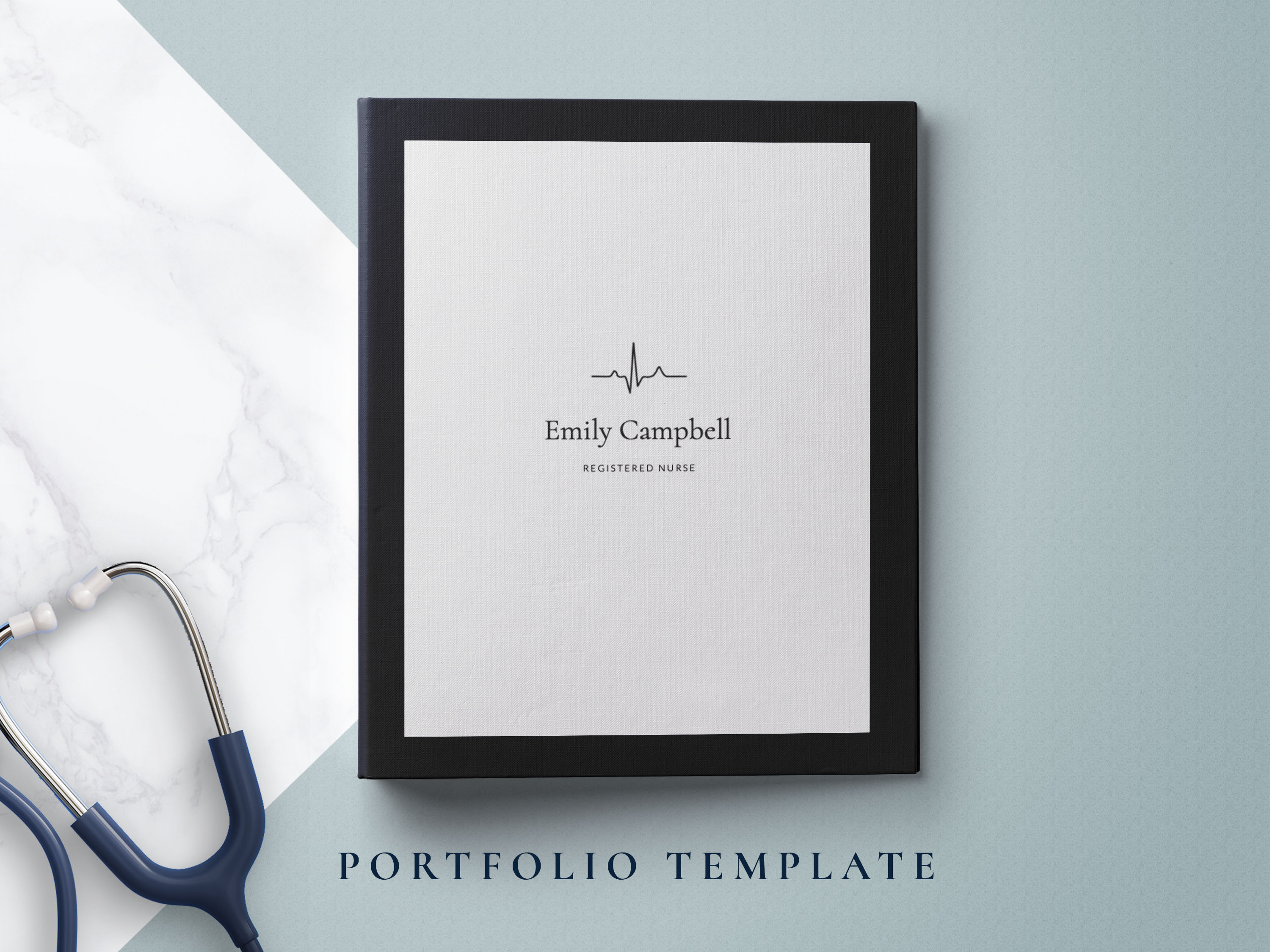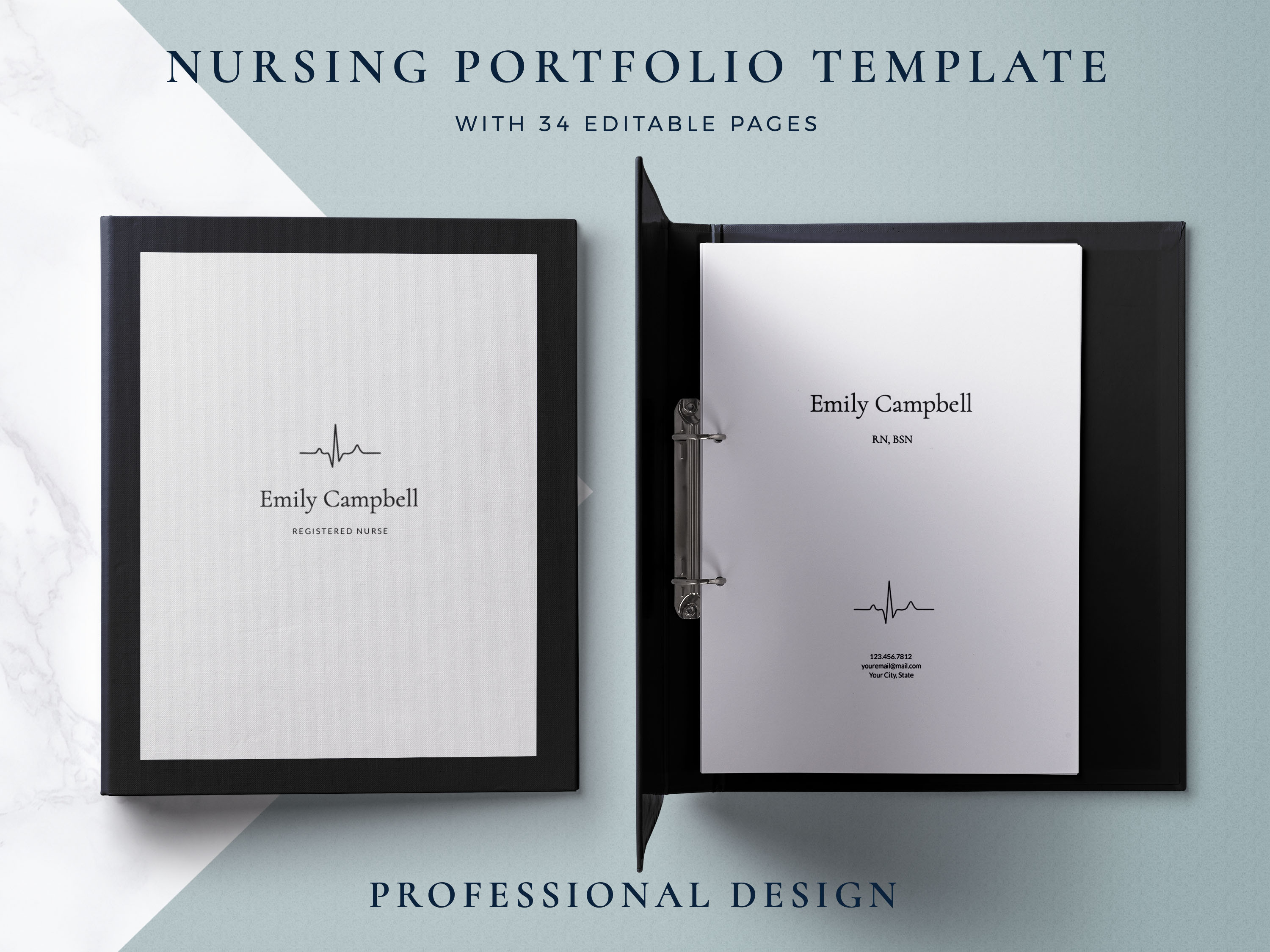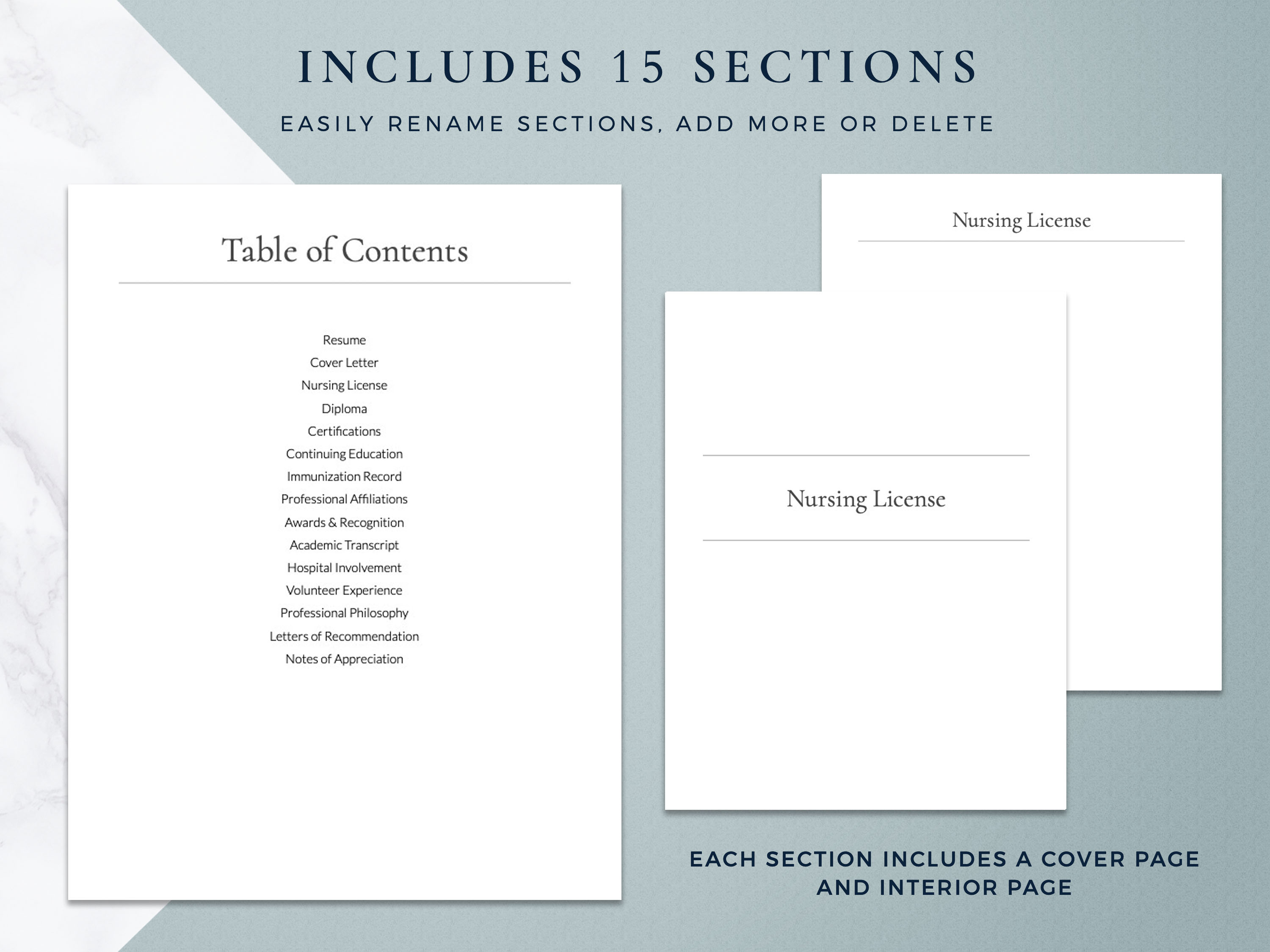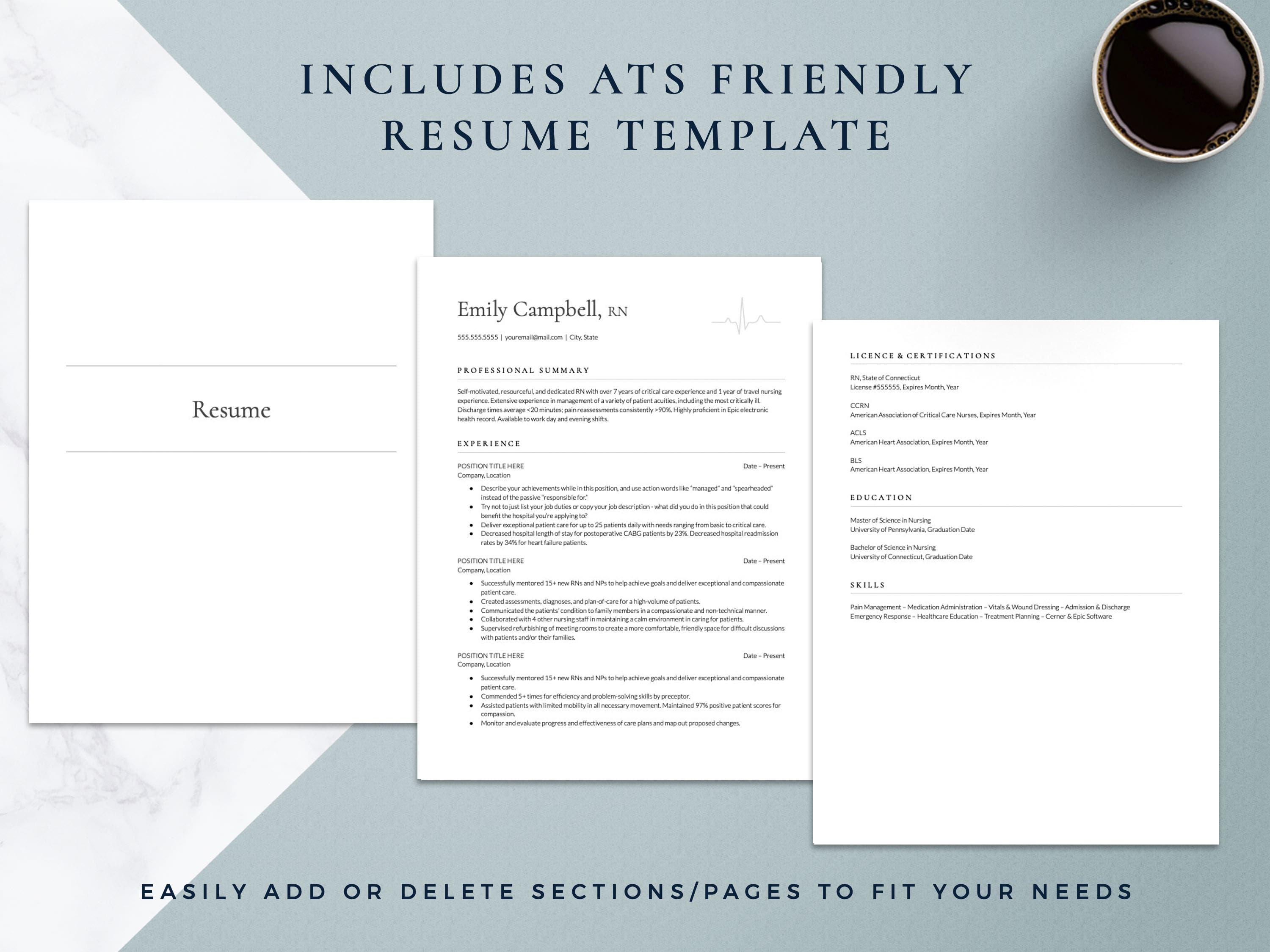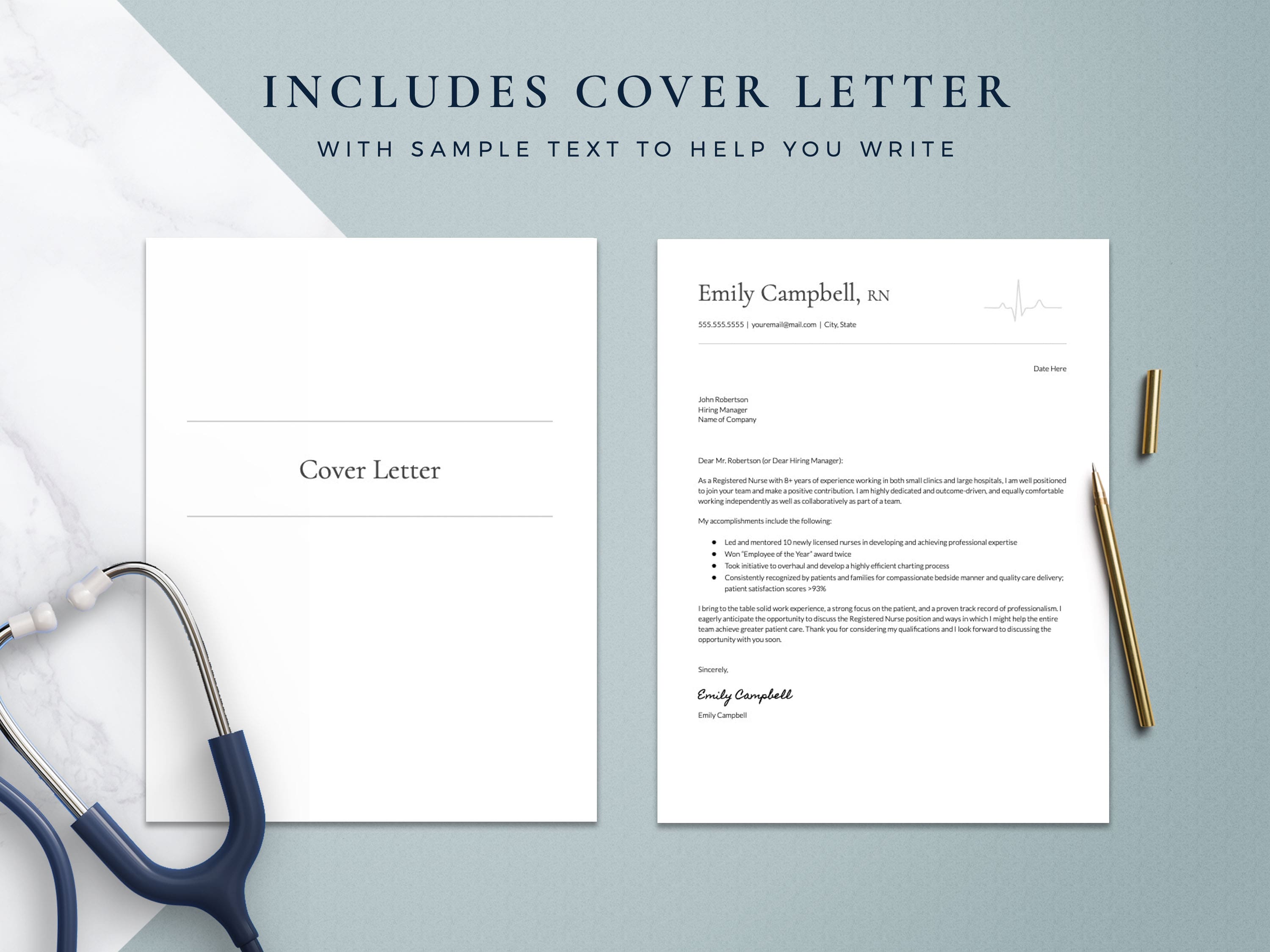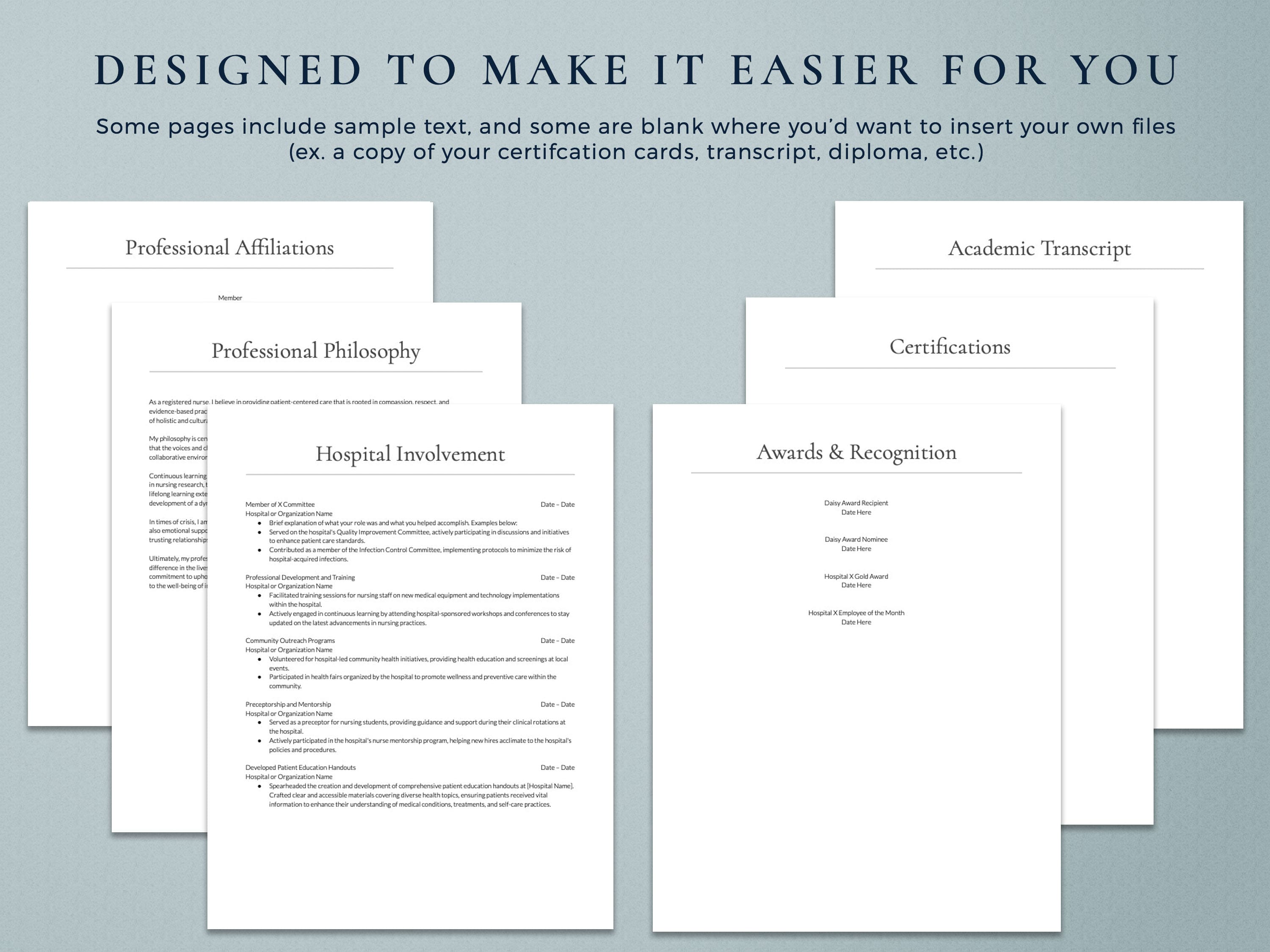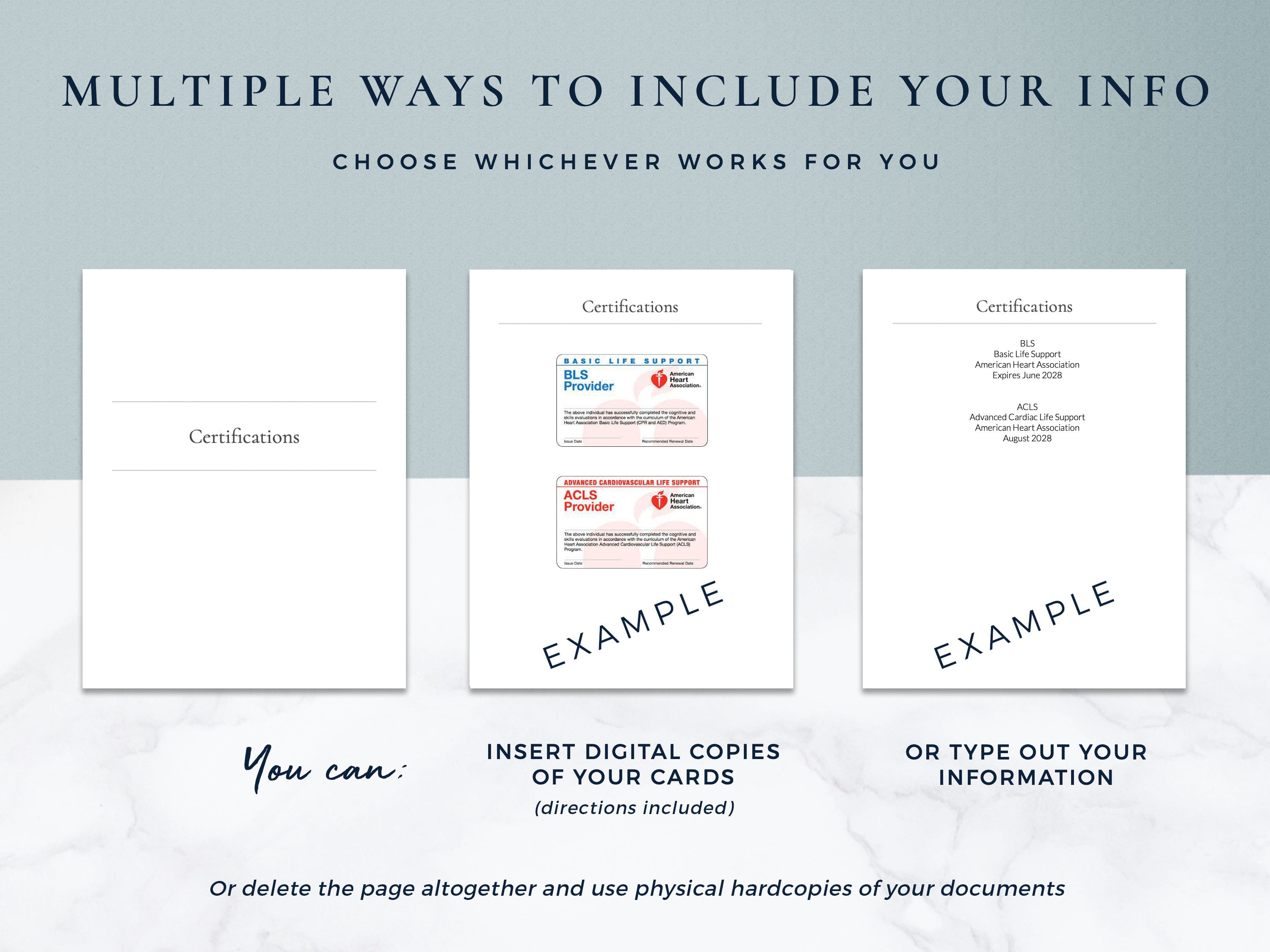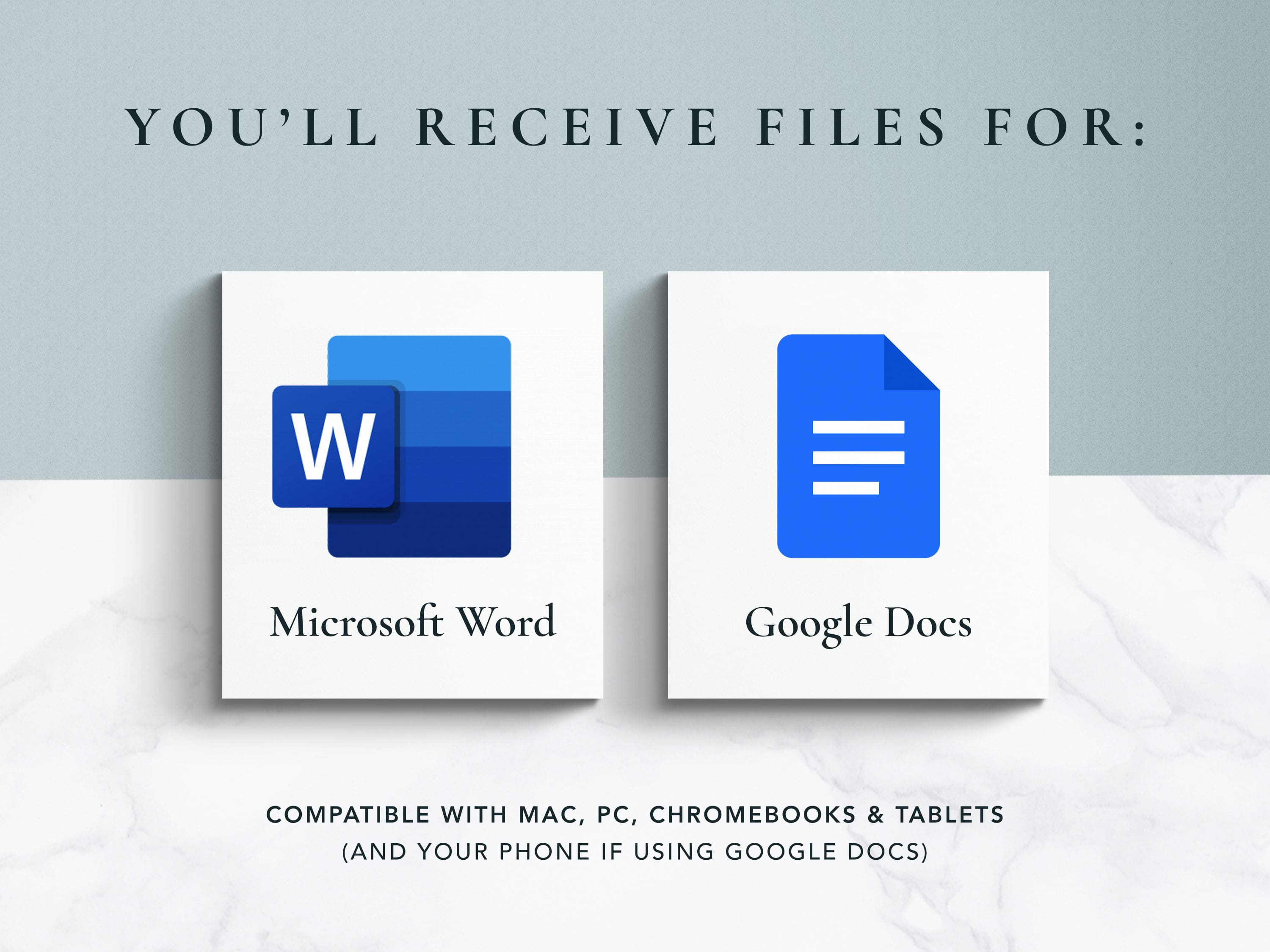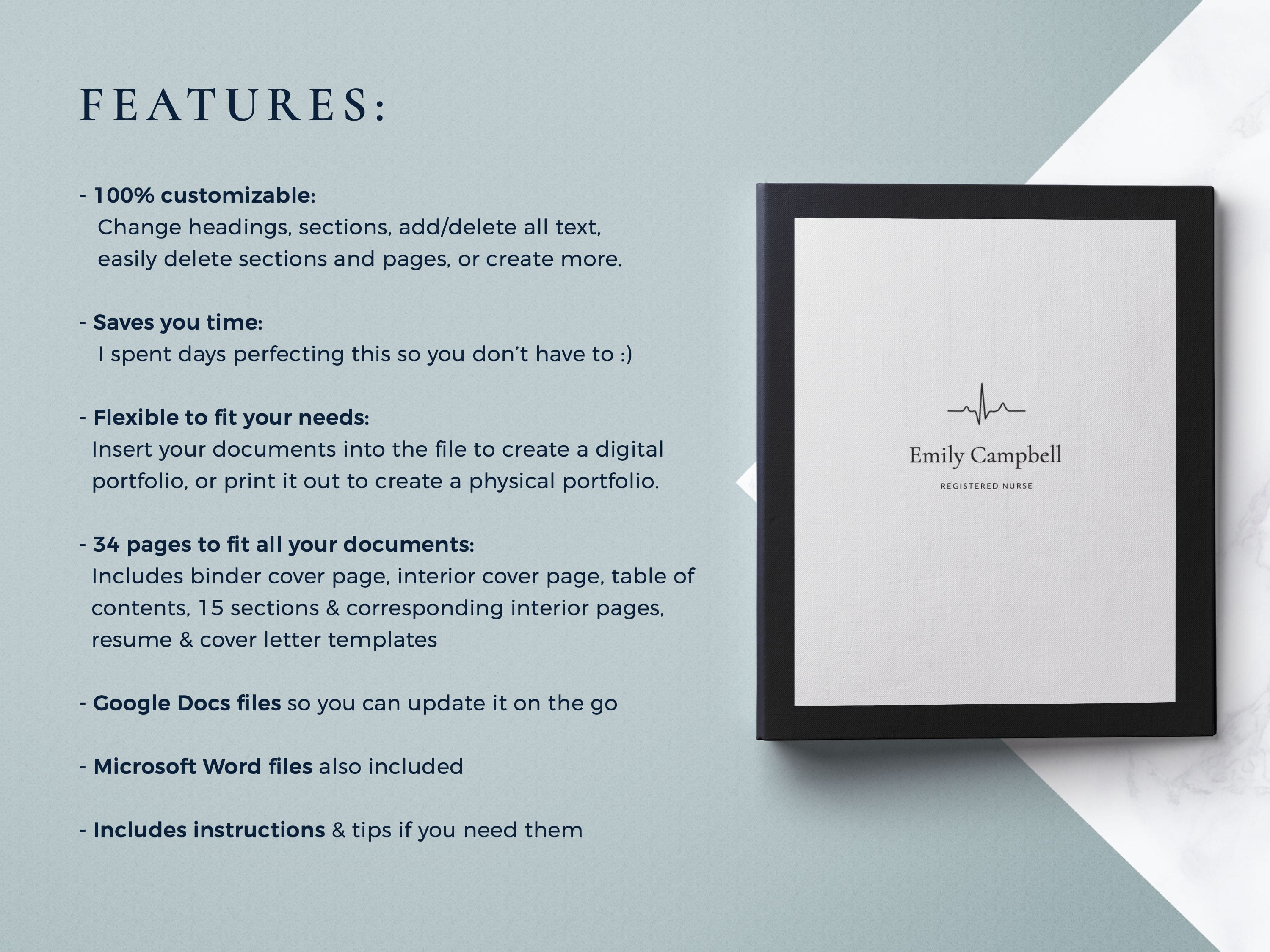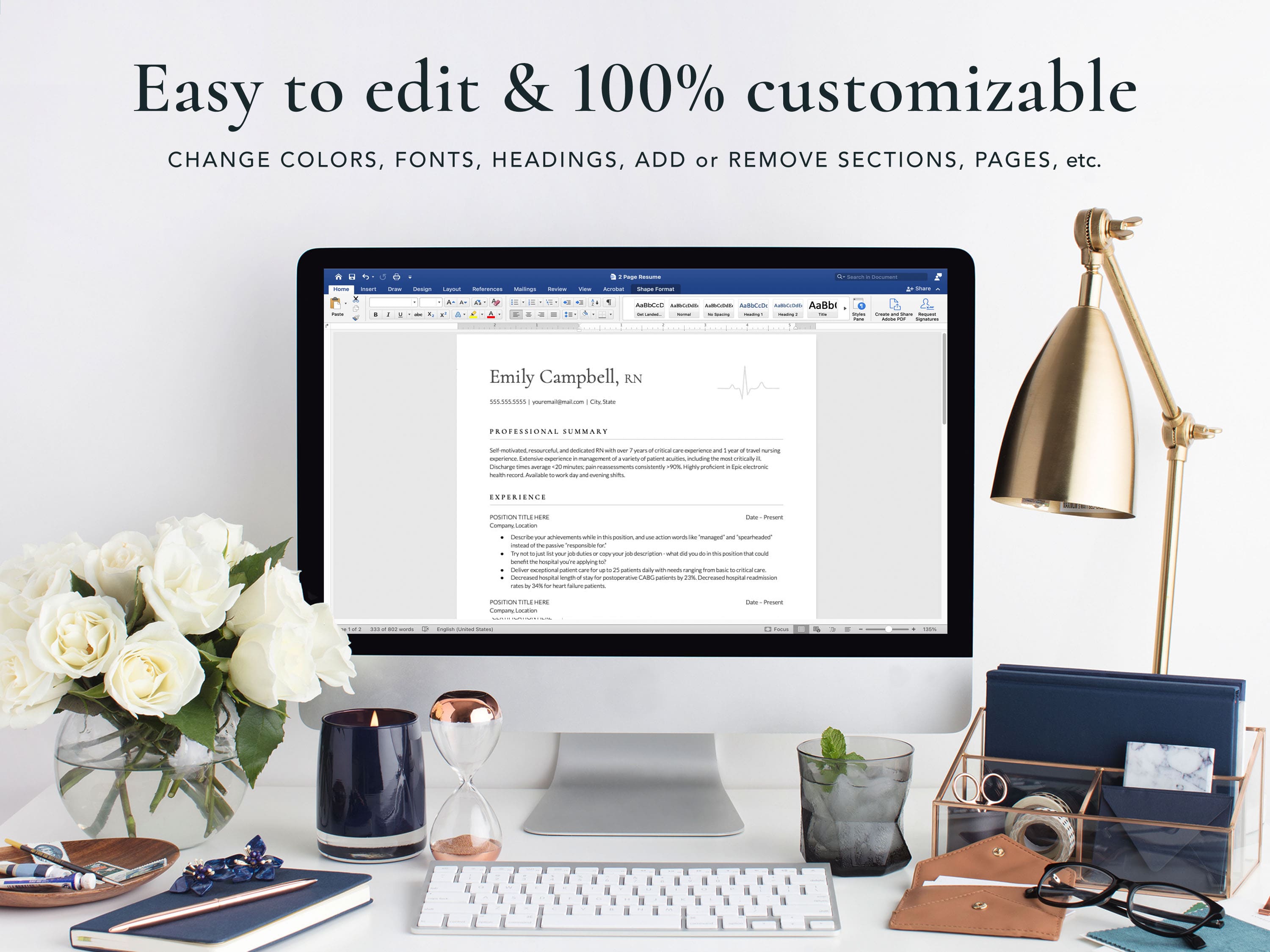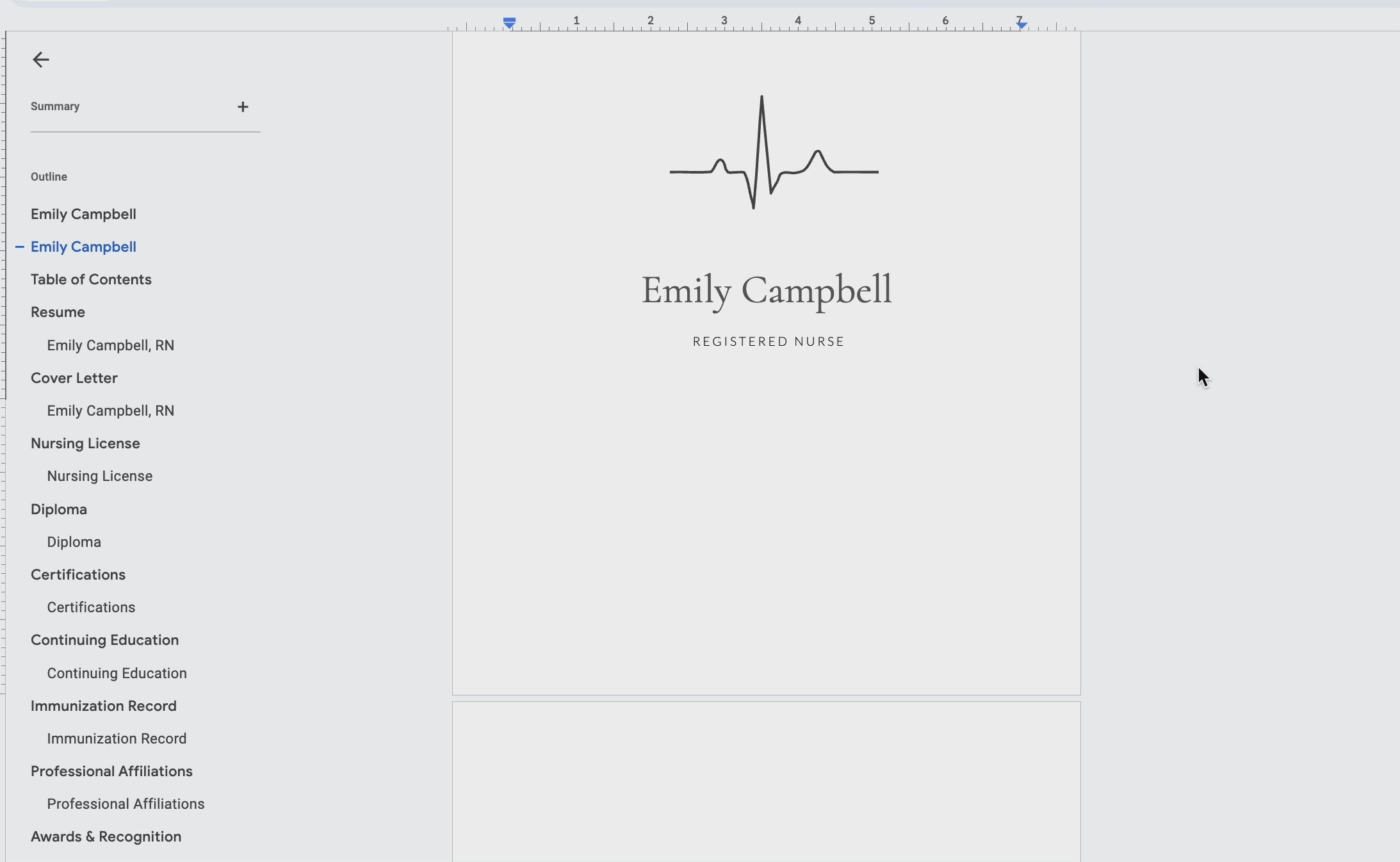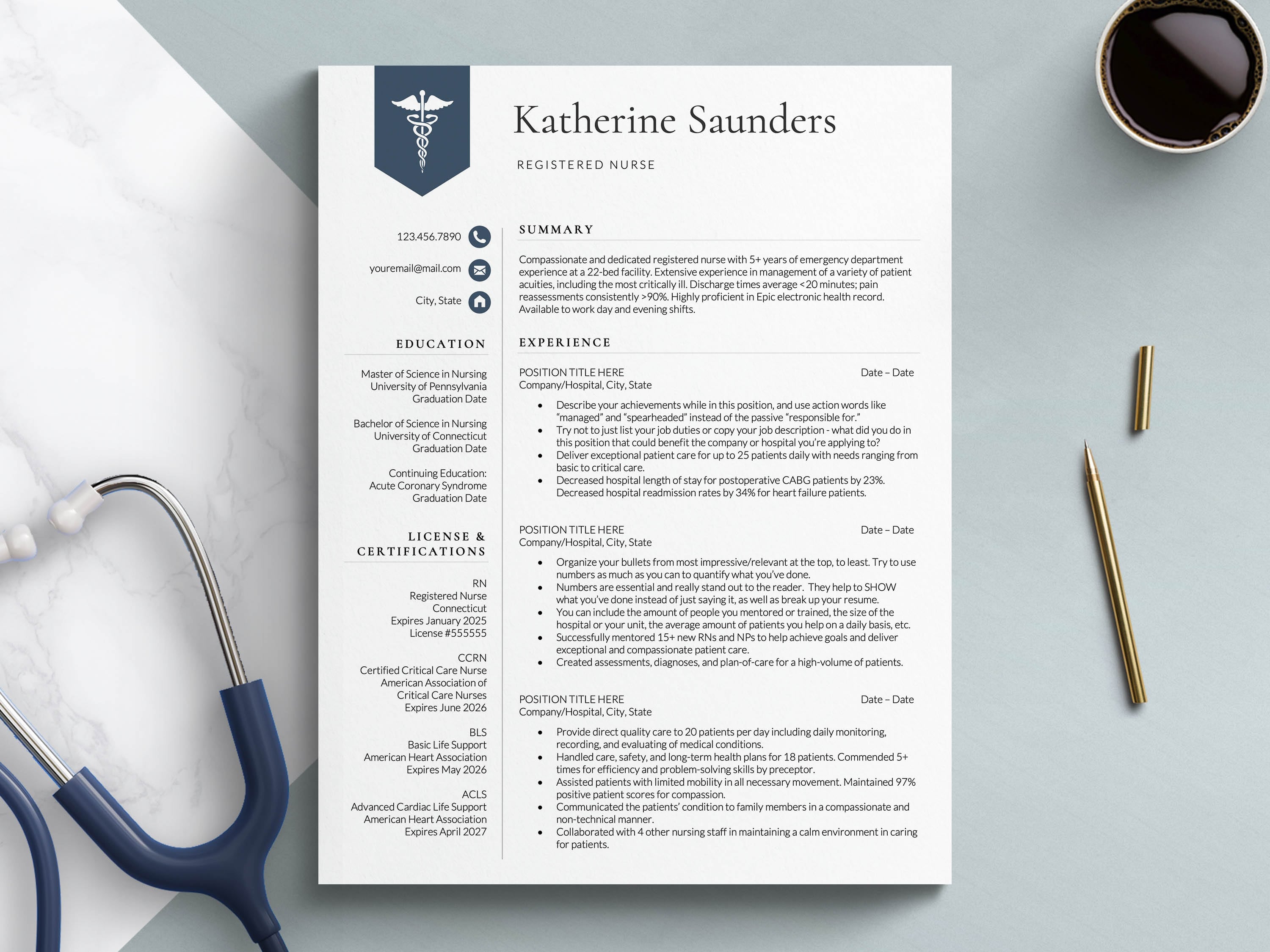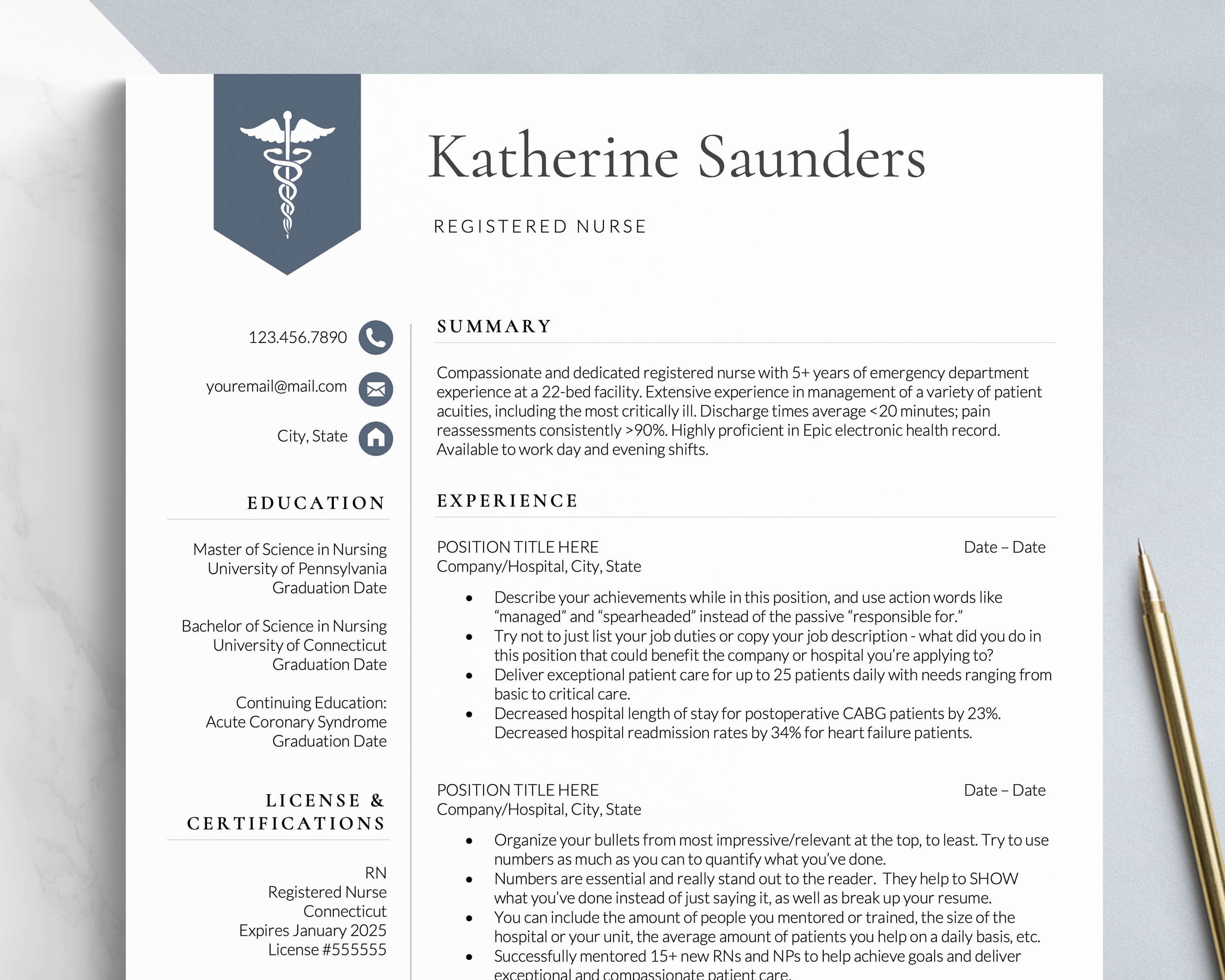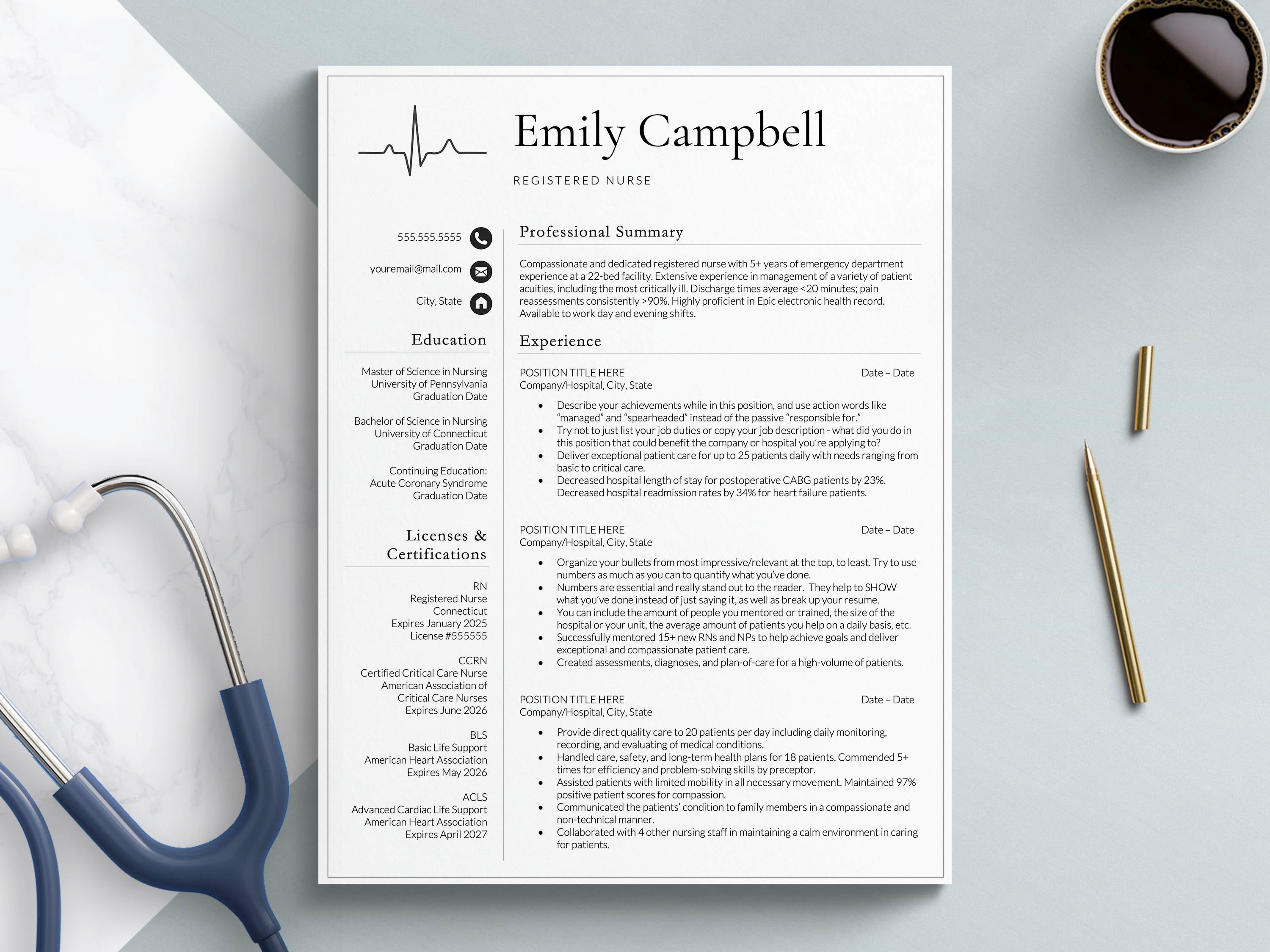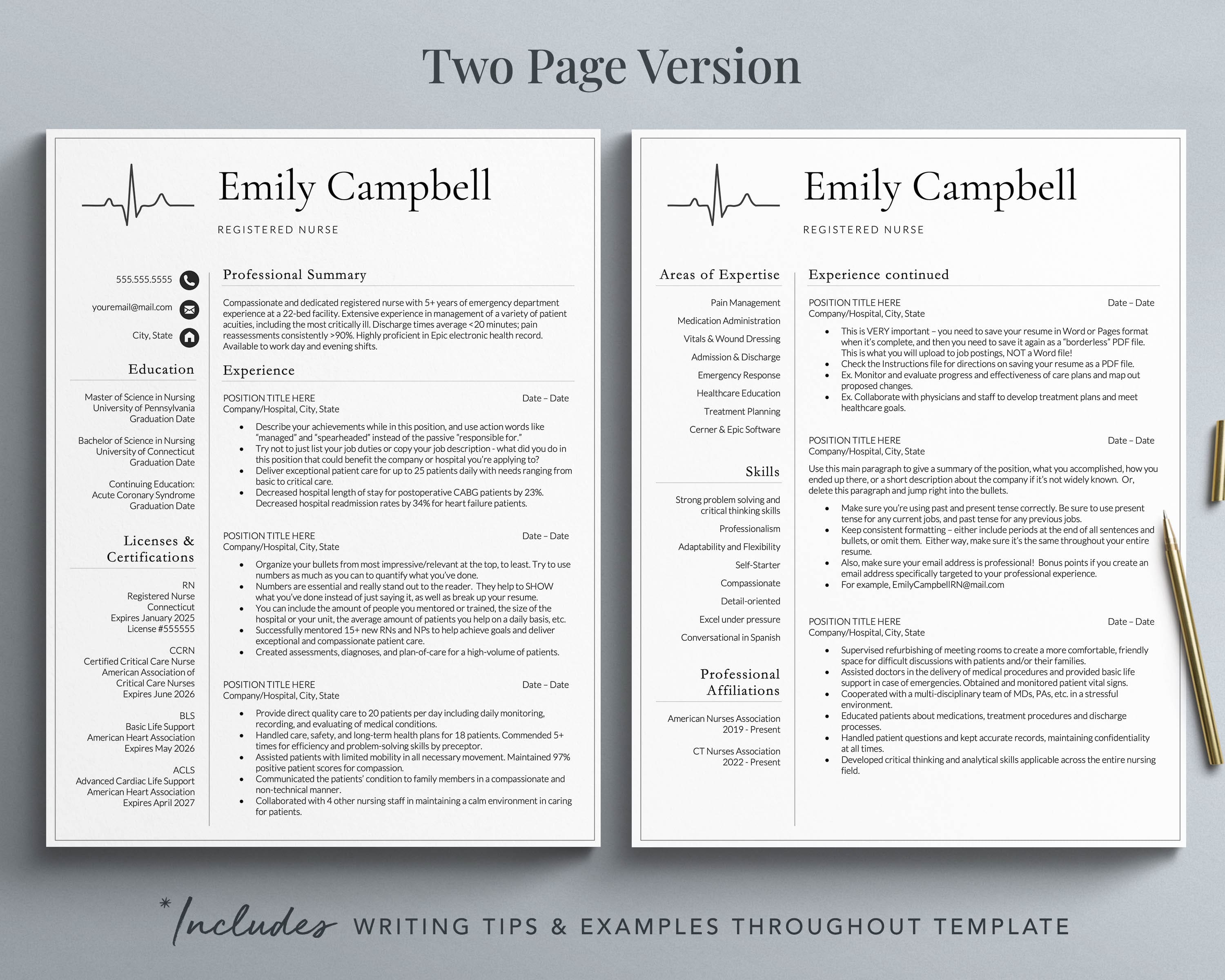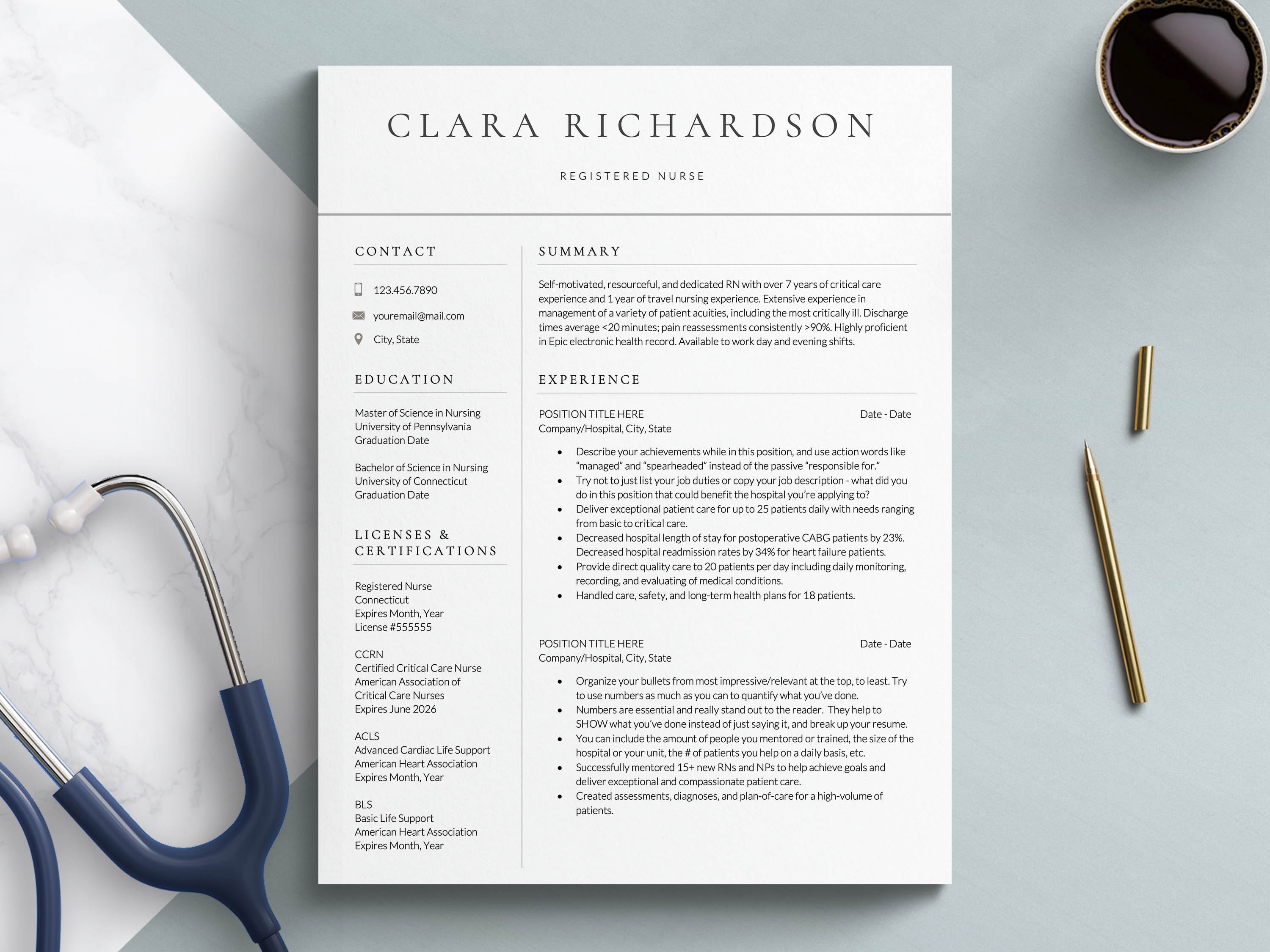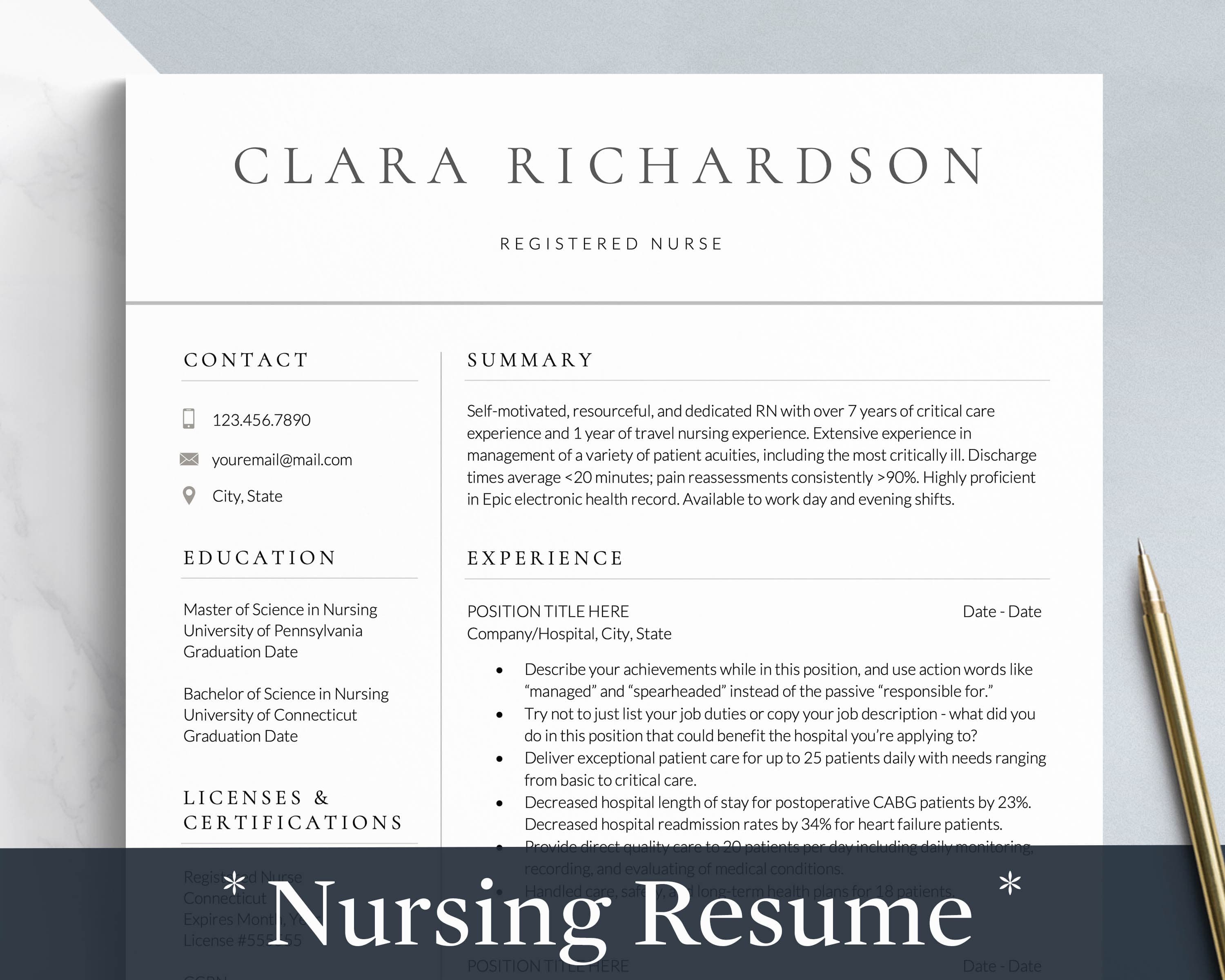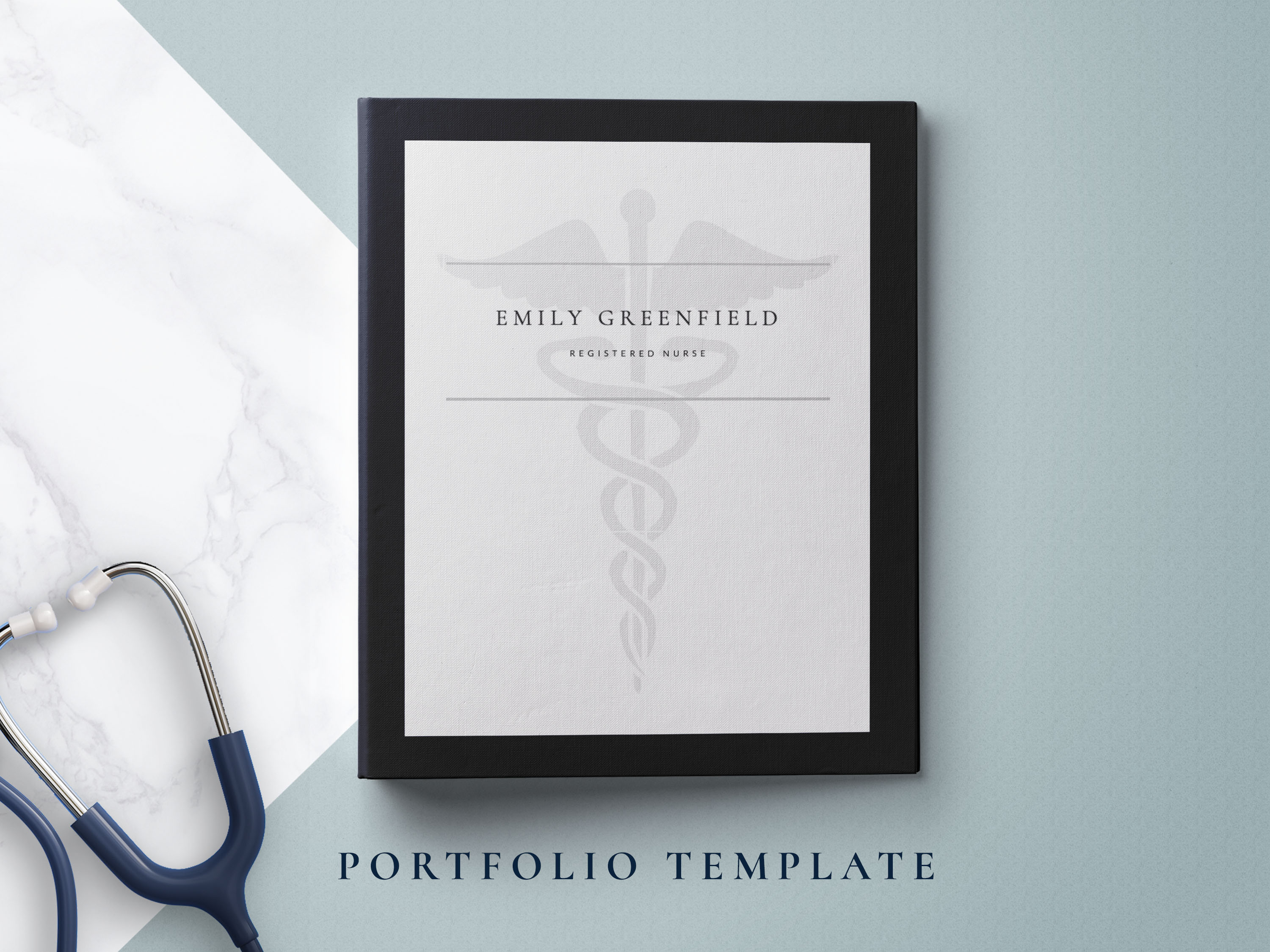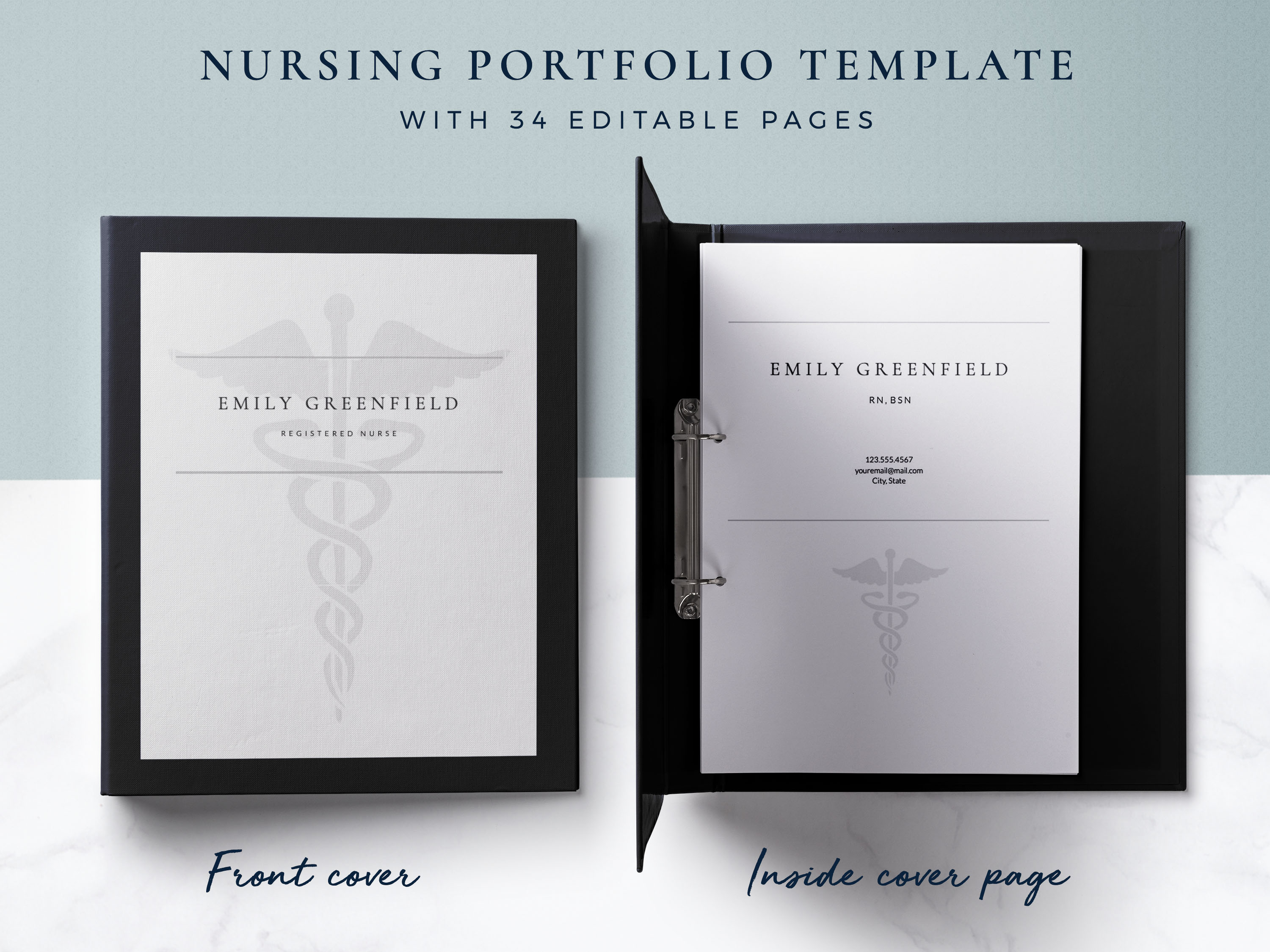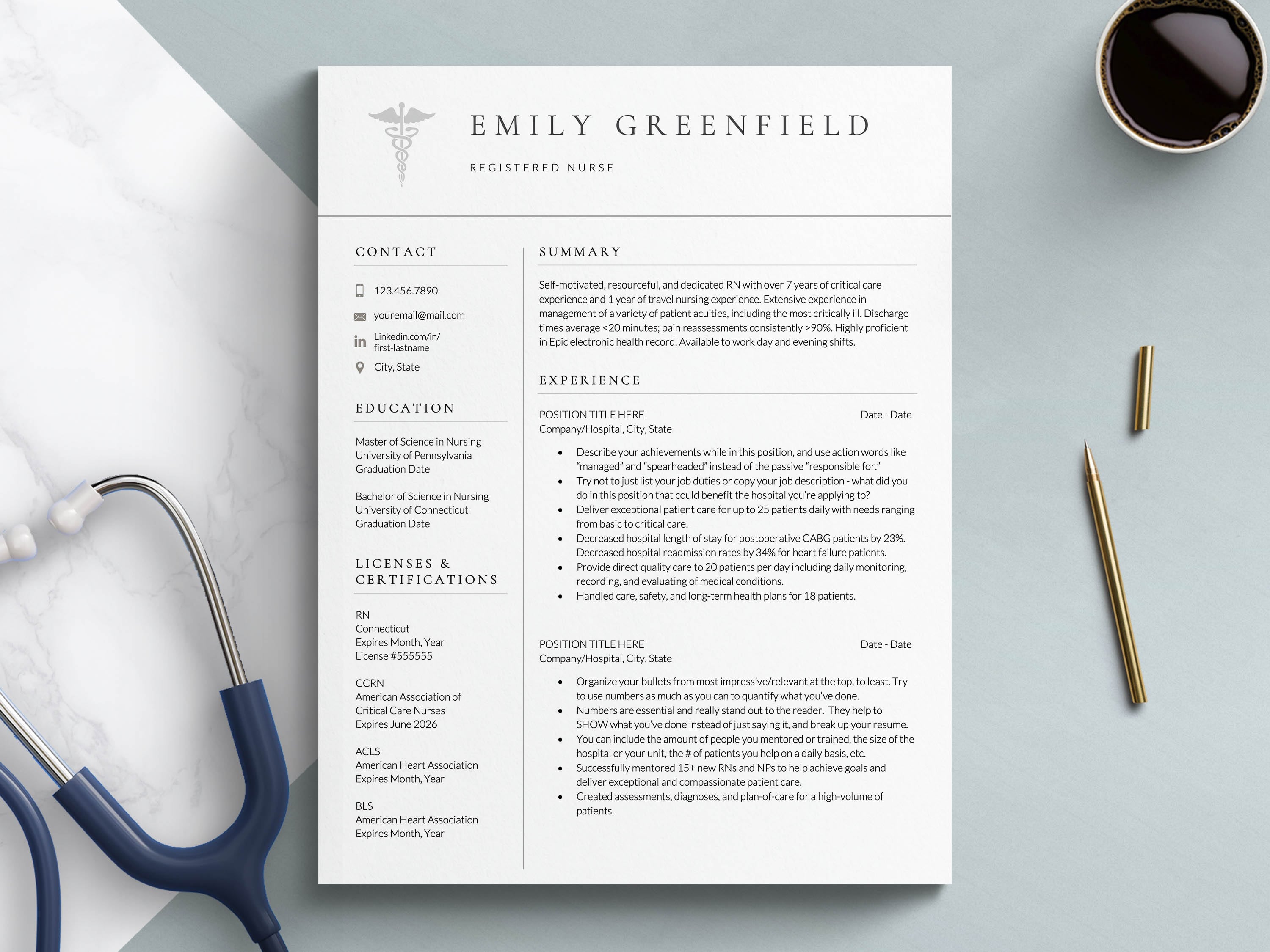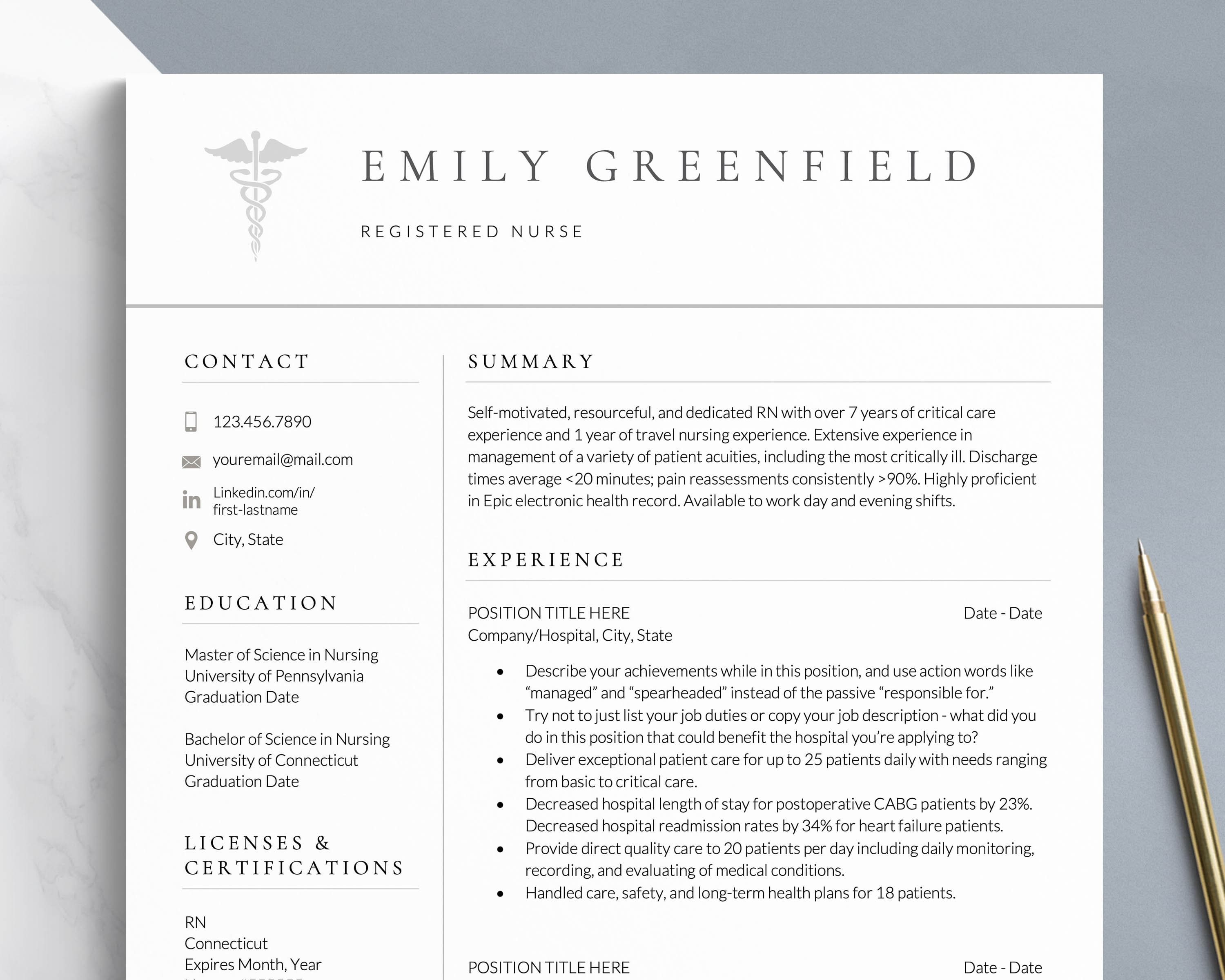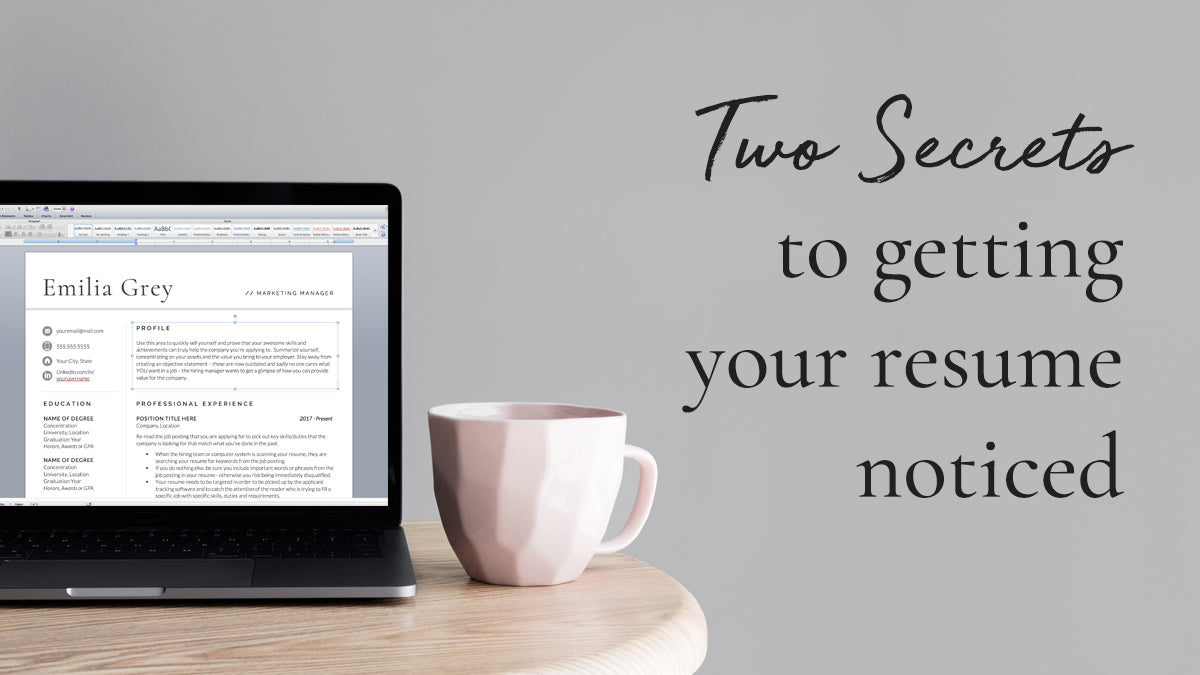How to Create a Professional Nursing Portfolio
As a nurse, you have a lot on your plate. From caring for patients to staying up-to-date with the latest medical advancements, your days are filled with important responsibilities. With so much to keep track of, it's crucial to have a system in place to organize all of your important nursing documents. That's where a nursing portfolio comes in.
What is a Nursing Portfolio?
A nursing portfolio is a collection of documents that showcases your professional achievements, skills, and experiences. It serves as a comprehensive record of your nursing career, allowing you to easily access and present important information when needed.
It's important that you keep these documents in a professional, organized binder.
Why is it Important to Have a Nursing Portfolio?
There are several reasons why creating a nursing portfolio is essential:
1. Easy Access to Important Documents
As a nurse you're pretty darn busy, and having all of your nursing-related documents in one place will save you time and stress.
You'll be able to quickly and easily access what you need at the drop of a hat. Whether it's your nursing license, certifications, or continuing education records, having them organized in a portfolio saves you time.
You never know when you'll be asked for a certain certification card or proof of your flu vaccine.
Or, you could unexpectedly need to put together a portfolio overnight. I see this very often - your dream job pops up without much notice and you're rushing to create a professional nurse portfolio at the last minute.
Let's minimize your stress and have one ready ahead of time, just in case.
2. Professional Development and Career Advancement
A nursing portfolio allows you to track your professional development and showcase your accomplishments.
It's a valuable tool when applying for new job opportunities, promotions, or furthering your education.
Having a well-organized portfolio demonstrates your commitment to your profession and highlights your skills and expertise, helping you prove that you're worth that bigger paycheck. :)
3. Reflect on Your Growth and Achievements
Keeping a nursing portfolio allows you to see how far you've come and the progress you've made throughout your career.
It can be a source of motivation and inspiration, reminding you of your achievements and the impact you've made on patients' lives.
Having a place to keep awards, notes from patients, or praise from your coworkers or bosses to glance at can keep you motivated on those days when you really wish you'd chosen a different career. ;)
4. Professional Networking and Collaboration
When attending conferences or professional events, having a portfolio to share with colleagues and potential employers can help you make a lasting impression.
It provides a tangible representation of your skills and experiences, making it easier for other employers to grasp your the value you bring to the table.
How to Create a Nursing Portfolio
1. Gather Your Documents
Search your house, car, purse, desk drawer, or file cabinet, for all of your important nursing documents, including your nursing license, certifications, transcripts, performance evaluations, awards or recognition you've received.
2. Organize and Sort
Once you've collected it all, spread it out on your counter and categorize each document (examples below).
Depending where you are in your career, your nursing portfolio can include these sections:
- Cover page (with your name, credentials, and contact information)
- Updated Resume
- Nursing License
- College Diplomas
- Certification cards: BLS, ACLS, PALS, etc.
- Copies of certificates for additional trainings & classes, including continuing education
- Immunization Record
- Professional Philosophy
- Letters of recommendation
- References
- Copy of Daisy nominations
- Awards
- Copy of recognitions from coworkers
- Sample of Academic writing
- Evidence of committee/hospital involvement
- Community Involvement or Volunteer Experience
- Thank you notes from coworkers and families of patients
- Transcripts from nursing school
- Copies of evaluations
- Copy of professional presentation posters you created
- Research and papers if applicable
Then find a 2" black, white or navy blue binder and a package of page protectors. You can also use dividers or tabs to separate each section.
3. Create a Table of Contents
To make it easier to navigate through your portfolio, create a table of contents. This will allow you to quickly find specific documents when needed.
4. Update Regularly
Remember to update your nursing portfolio regularly. As you gain new certifications, complete additional training, or receive new awards, make sure to add them to your portfolio. Keeping it up to date ensures that you always have the most current and relevant information.
How to make your nursing portfolio stand out:
Since every nurse's portfolio will contain similar files, think of what you can include that makes you different (similar to what you'd do on a resume).
What can you add that shows you've gone above and beyond your normal nursing duties? To show that you're a caring, compassionate, and darn good nurse?
Here are a few ideas:
- Volunteer Experience or Community Involvement (type up your role, what you did/duties, hours served, and you can include a photo or two)
- Hospital Involvement
- Proof of any extra projects you took on (presentations, poster creation, etc.)
- Any thank you notes you've received along your nursing journey that include praise or thank you's. These can be from your former teachers, coworkers, patients, or families of patients. Or, maybe you were featured in the hospital's newsletter. Include these hard copies!
- Your professional philosophy or goals, or your WHY. Some of you have a deep passion for nursing for personal reasons - feel free to type up your story. If you have a big picture goal, share it (ex. something that helps others, not just a personal career goal).
- The way your portfolio is designed is incredibly important. If your portfolio is a hot mess of different colors and fonts and is unorganized, what impression does that give about you as a professional? Not a good one! You need to be incredibly organized and deliberate in your job as a nurse, and your portfolio needs to reflect that as well.
What NOT to include in your nursing portfolio:
- No cursive or cutesy fonts
- No bright colors
- Don't treat it like a scrapbook - this is a professional portfolio
- No cute or flower graphics (I see this a lot on Etsy and I don't understand it) - you need to keep any design elements nursing-related
- No page numbers. This is just for your own sanity. You're going to be adding to this often, and don't want to have to run to your computer every time to edit the page numbers and reprint every single page - you're busy enough and page numbers are NOT important.
A nursing portfolio keeps you prepared for a sudden interview or networking opportunity. And having a compilation of everything you've accomplished, and the lives you've touched, helps keep you going on the days when you're in a rut.
Do it yourself, or save time with a professionally designed portfolio template.
